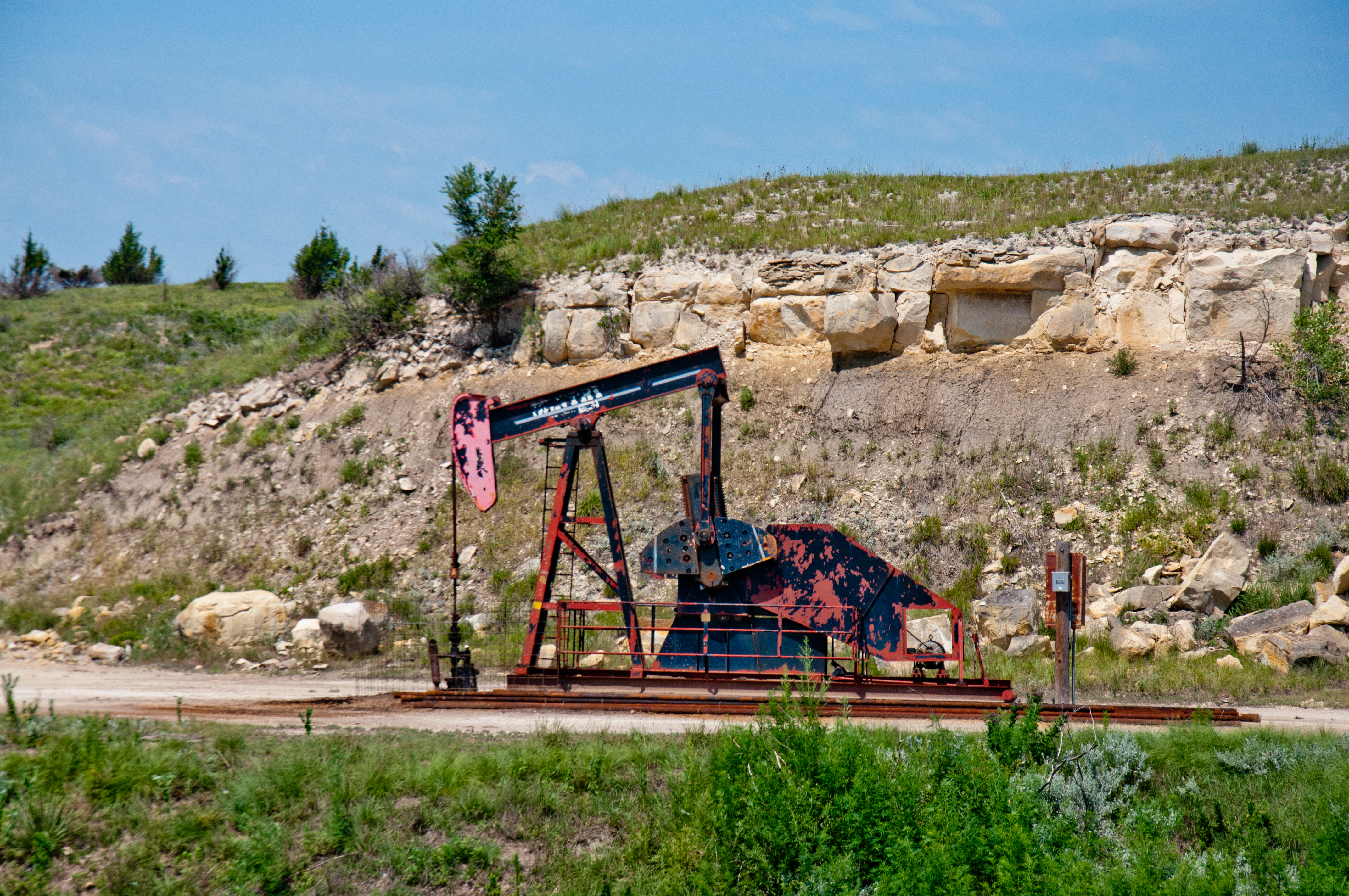By JOHN P. TRETBAR
Kansas Common crude at CHS in McPherson starts the week at $44 per barrel after dropping 25 cents a barrel on Friday.
Baker Hughes reported 851 active drilling rigs across the U.S., a decline of six natural gas rigs. Pennsylvania was down four rigs. The count in Oklahoma was down two, while Texas was up three. Canada reported 143 active rigs, down three.
The rig count across western Kansas was down one to 24 last week, while the count east of Wichita was unchanged at seven. Independent Oil & Gas Service reports drilling underway on two leases in Stafford County and operators either moving in or preparing to spud new wells in Barton, Ellis, Russell and Stafford counties.
Regulators approved 41 permits for drilling at new locations across Kansas last week, 848 so far this year. There are 19 new permits east of Wichita and 22 in Western Kansas, including three in Barton County and one in Ellis County.
Independent Oil & Gas reports Kansas operators completed 28 wells last week, seven of them in eastern Kansas and 21 west of Wichita, including four in Barton County, two in Ellis County and one in Stafford County. So far this year, operators in the Sunflower State have completed 1,107 new wells.
U.S. producers set another weekly record for crude oil production. According to the Energy Information Administration, operators pumped 12.585 million barrels per day. That beats the previous record from the week before by 12,000 barrels per day.
EIA said U.S. crude inventories are now about two percent above the five year average after increasing more than nine million barrels last week.
The government predicts continuing production increases next month from the seven major shale formations in the U.S. Big gains in the Permian Basin of Texas and New Mexico were offset somewhat by declines in the Eagle Ford and Anadarko basins. The Energy Information Administration says shale production will increase by some 58,000 barrels per day in November to a record 8.971 million barrels per day. Total conventional and unconventional U.S. production is currently over 12 million barrels per day.
The Association of American Railroads reports total freight train traffic was down seven percent during the week ended October 12, but petroleum and petroleum products showed a 7.7% increase over the same week last year.
The newest airport in the U.S. opened to passenger service last week. Williston Basin International Airport, northwest Williston, North Dakota, kicked off service October 10 when United Airlines Flight 4643 touched down. It is the first new commercial airport in the United States since Denver International opened 24 years ago.
The boom in the Permian Basin continues to fuel a surge in New Mexico construction jobs. The state added 4,300 construction jobs in a year, nearly all of them supporting the oil and gas industry.
Crude oil production in North Dakota, the #2 producer in the country, reached an all-time high in August. According to the Department of Mineral Resources, North Dakota producers pumped nearly 1.48 million [[“one point four eight million”]] barrels per day in August. Producers also set a record for the amount of natural gas captured at the well head, although at 81%, the total is still well short of earlier goals set by regulators. August production totaled nearly 45.8 million [[“forty-five point eight million”]] barrels.
Officials in North Dakota are celebrating the discovery of two new deposits of fracking sand in their state. The Bismarck Tribune says permits are in process and some excavation is already underway. One analyst pegs the possible savings at up to $300,000 per well.
The Canadian province of Alberta has gone corporate with its fight against bad press in the oil patch. Energy Minister Sonya Savage told the legislature their “war room” is now incorporated and will be formally titled the Canadian Energy Centre. Savage says they will focus on improving the reputation of Alberta’s oil and gas sector and challenging those it believes are delivering misinformation. The province has also launched a $2.5-million public inquiry into foreign funding of anti-oil advocacy groups.

